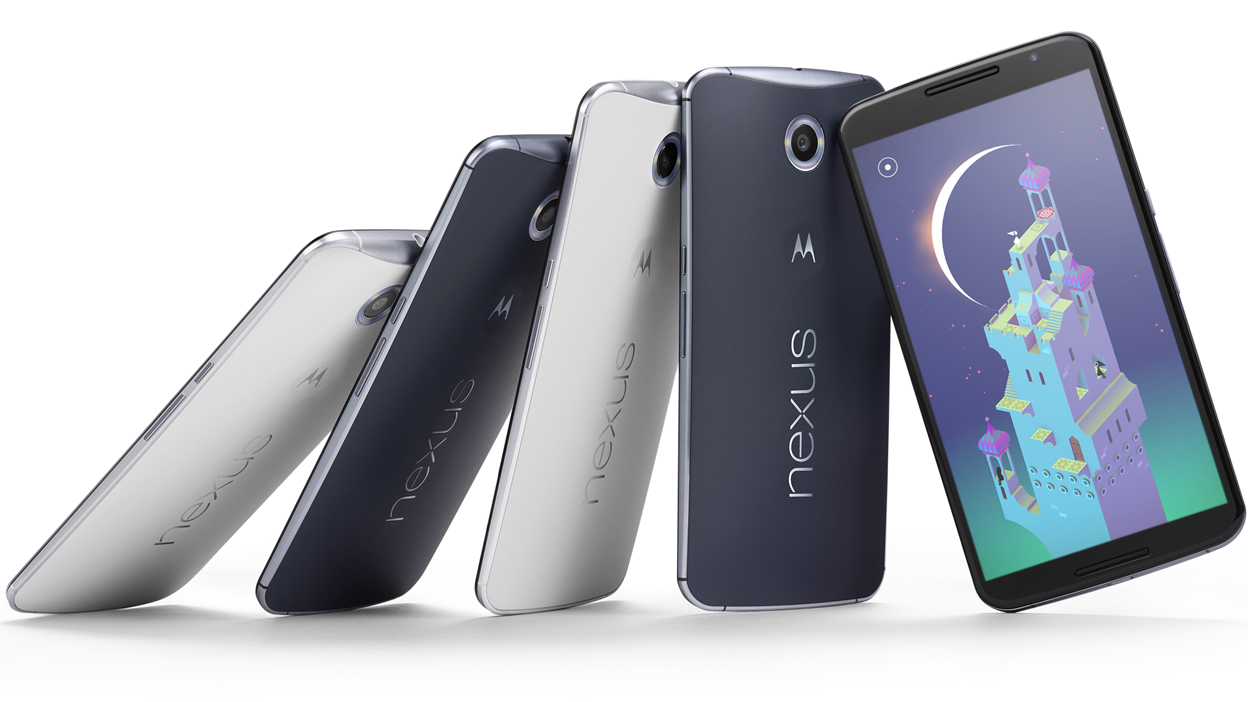How MIMO tech is advancing high-speed LTE data services
Helping to respond to rising data demands

The rise of low-cost smartphones is happening: larger screens, more powerful cameras, speakers, GPS and Bluetooth connectivity are just some of the features flowing down from premium devices into mass-market smartphone models.
Furthermore, speed of connection for high-speed data services, range extension and guaranteed data rates for quality of customer experience and reduced power consumption are allowing device makers to differentiate.
SkyCross, a global designer and manufacturer of advanced antenna and RF solutions, has introduced a new antenna technology that combines its iMAT higher-order MIMO technology with dual band carrier aggregation. This provides faster data rates and can benefit customers, mobile operators and device manufacturers. We spoke to John Marshall, CMO at SkyCross, to find out more.
TechRadar Pro: What advancements are being made in the LTE industry to advance data speeds?
John Marshall: While there has been much progression through 2G, 3G, and 4G LTE, LTE-Advanced is finally emerging. Dual-band carrier aggregation (CA) solutions, even three-band CA solutions are in discussion and roll out on some operators' networks. As the demand for data continues to surge, pressure for higher speed will also continue.
In addition to utilizing additional spectrum to achieve such higher rates, there are also techniques for improving spectral efficiency. Operators and device manufacturers have identified MIMO technology as one means to improve performance for LTE, starting with 2x2 solutions and moving to higher-order MIMO in the future.
TRP: How about antennas specifically? What advancements are underway?
Sign up to the TechRadar Pro newsletter to get all the top news, opinion, features and guidance your business needs to succeed!
JM: For antennas specifically, SkyCross has designed the four antennas in one antenna structure to operate across both Band 7 (2500 – 2690MHz) and Band 3 (1710– 1880MHz) to support dual-band carrier aggregation utilizing two 20MHz channels.
By combining its iMAT higher-order MIMO technology with dual band carrier aggregation, SkyCross technology enables mobile operators to integrate non-contiguous spectrum into a virtual single, 40MHz channel. Previously found to be impossible to deliver, Deutsche Telekom achieved a 4x4 MIMO solution in a traditional smartphone form factor. As noted by Deutsche Telekom's CTO, Bruno Jacobfeuerborn, size and isolation have always been the industry's chief challenge when considering 4x4 MIMO.
TRP: 4x4 MIMO is popular in Wi-Fi – why has this technology not been employed in LTE devices?
JM: Manufacturers and operators have long sought to increase mobile data speeds by adding MIMO functionality to smart phone antennas. MIMO is a technology that utilizes multiple simultaneous signal transmission paths that are ideally "uncorrelated."
Uncorrelated means that that if one path experiences a deep fade, the second path does not behave in the same way and essentially forms a secondary connection between the mobile device and the cellular tower (multi-path facing is especially common in high-density areas and indoors, but can occur anywhere for a variety of reasons). Multi-path fading degrades signal integrity since more transmission errors occur creating the need for additional error correction overhead, which results in decreased data throughput.
MIMO technology is an effective method to overcome the effects of multi-path fading and has successfully been applied in Wi-Fi networks. Cellular systems are now evolving to utilize MIMO and the specifications for LTE-Advanced, or LTE-A, can actually support up to 8x8 MIMO, meaning eight downlink and eight uplink simultaneous RF transmission paths. However, MIMO adoption for LTE has been constrained by the challenge of designing multiple antennas in a compact smartphone form factor that are not only sufficiently high gain but also have a low enough correlation factor between the different antenna combinations.
TRP: What are some of the challenges facing LTE antenna designers?
JM: LTE antenna designers face significant challenges, as higher-order MIMO requires four antennas of high efficiency that are gain balanced and independent of each other; i.e., exhibit low correlation. This is a major design challenge for a smartphone-sized device. Adding carrier aggregation introduces yet another level of complexity for the antenna designer, as it is very difficult to achieve high gain and low correlation across multiple bands.

Désiré has been musing and writing about technology during a career spanning four decades. He dabbled in website builders and web hosting when DHTML and frames were in vogue and started narrating about the impact of technology on society just before the start of the Y2K hysteria at the turn of the last millennium.